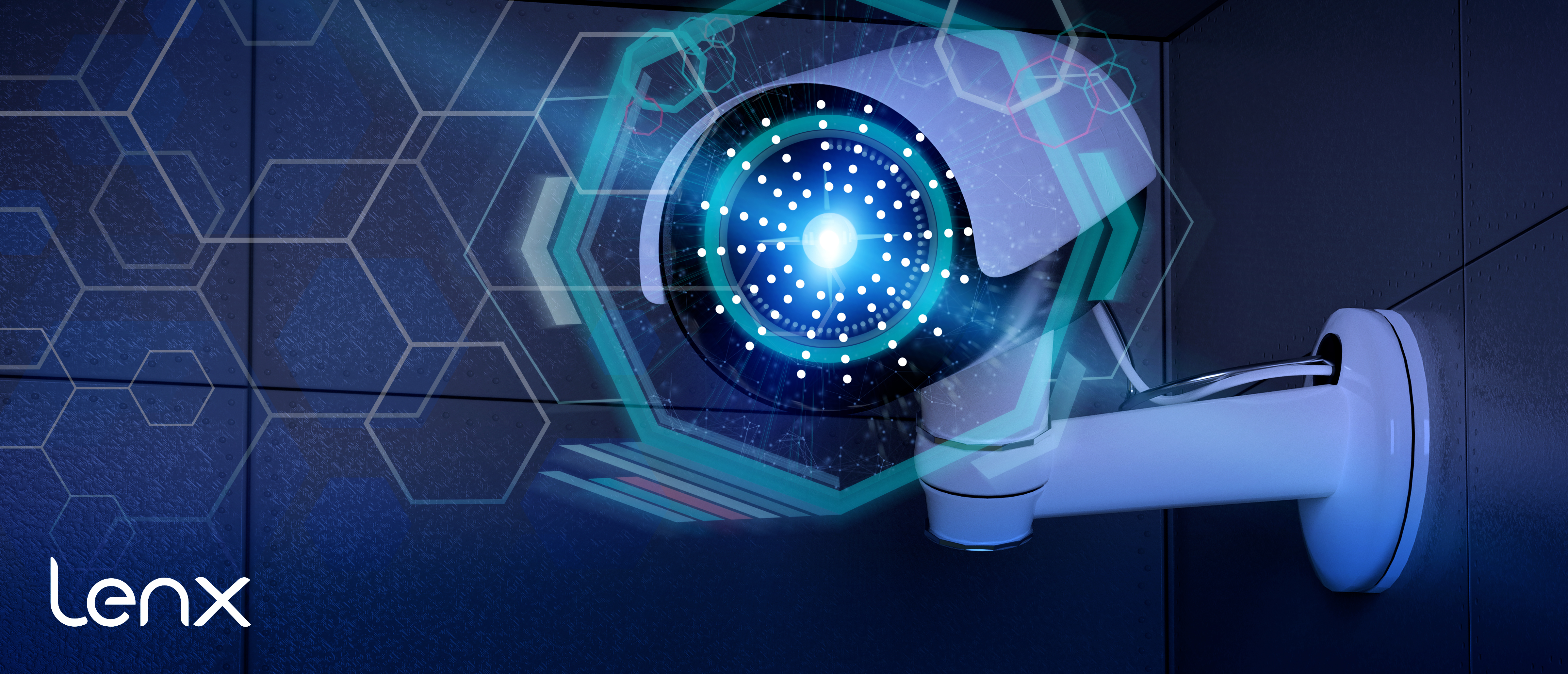
Why Training Is Important Even With AI Security, Gun Detection Systems
In an age where school security has become paramount, technological advancements, especially AI security and gun detection systems, have been heralded as game-changers in the effort to prevent active shooter incidents. While the deployment of such technologies like AI gun detection systems and security apps promises enhanced safety, it's crucial to understand why comprehensive training remains an indispensable component of the security infrastructure in schools.
The Role of AI in Enhancing School Security
Advancements in AI technology have led to the development of active shooter detection systems capable of identifying firearms in real time. These systems utilize complex algorithms and pattern recognition to alert authorities within seconds of detecting a gun. The immediacy of this response is vital in potentially averting tragedies in schools, providing an unmatched level of proactive security.
How AI Gun Detection Works
AI gun detection systems operate by analyzing video feeds in real-time for the presence of firearms. When a gun is identified within the camera's field of view, the system triggers an alert, often accompanied by the precise location of the potential threat. This rapid response is crucial for initiating lockdown procedures or evacuating students and staff to safety.
The Necessity of Human Training
Despite the impressive capabilities of AI security systems, human training remains a cornerstone of effective school security strategies. AI systems are tools that, while powerful, require human oversight and decision-making to function optimally.
Understanding Limitations of AI
AI gun detectors are sophisticated, but they are not infallible. False positives can occur, and there may be situations where the AI fails to detect a concealed weapon. Trained security personnel are essential in interpreting AI system alerts, discerning false alarms, and implementing appropriate protocols.
Coordinated Response Efforts
When an AI system detects a weapon, a coordinated response from trained individuals is necessary. This includes clear communication between school administrators, security staff, and law enforcement. Regular training exercises ensure that everyone knows their roles and responsibilities during an emergency, allowing for a swift and efficient response.
Continuous Training and Preparedness
Ongoing training is vital in keeping up with evolving threats and technological updates. Regular drills and scenario-based exercises help to maintain a high level of preparedness, ensuring that everyone from students to security professionals knows how to act when an alert is issued.
Importance of Drills and Simulations
Drills and simulations allow schools to test the integration of AI systems within their security protocols. They provide opportunities for students and staff to practice lockdown procedures and evacuation routes, reducing panic and confusion in real-life scenarios.
Conclusion
AI security and gun detection systems offer a promising layer of protection for schools, but technology alone cannot replace the need for comprehensive training. By combining cutting-edge AI solutions with thorough human preparation and coordination, schools can create a robust security framework designed to protect and respond in the face of threats.
Incorporating both technological and human elements into school security plans is essential for creating a safe learning environment. As AI continues to advance, so too must our commitment to training and preparedness.
Share your thoughts on the balance between technology and training in school security. Join the conversation below.

